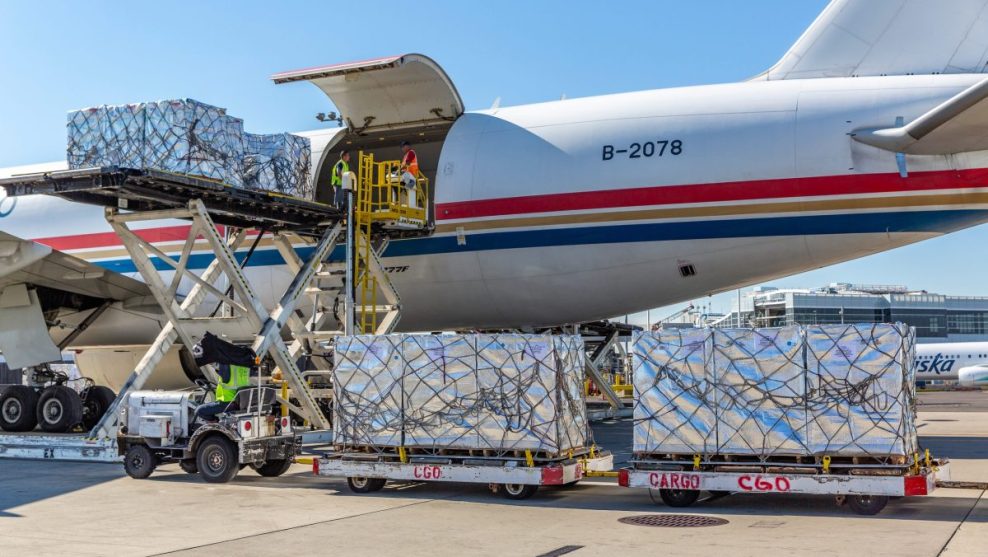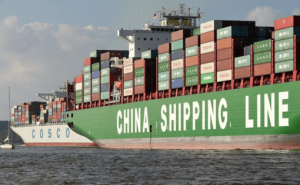The International Air Transport Association (IATA) released global air cargo data for February 2025, highlighting that Latin American airlines experienced year-over-year air cargo demand growth of 6.0% in February, the highest among global regions. Capacity increased by 7.6% year-over-year.
Total demand, measured in cargo tonne-kilometers (CTKs), decreased by 0.1% compared to February 2024 levels (+0.4% for international operations). This is the first decline since mid-2023. Meanwhile, capacity, measured in available cargo tonne-kilometers (ACTKs), decreased by 0.4% compared to February 2024 (+1.1% for international operations).
“February saw a small contraction in air cargo demand, the first year-on-year decline since mid-2023. Much of this is explained by the extraordinary February 2024—a leap year that was also boosted by Chinese New Year traffic, shipping lane closures, and a boom in e-commerce. Rising trade tensions are, of course, a concern for air cargo. With stock markets already showing their discontent, we urge governments to focus on dialogue over tariffs,” said Willie Walsh, IATA’s Director General.
Factors that influenced
In January, the industrial production index increased by 3.2% year-on-year, the strongest growth in two years, and global trade grew by 5%. Also impacting was the average price of jet fuel, which reached US$94.6/barrel in February, a 2.1% decrease compared to January.
In February, the Purchasing Managers’ Index (PMI) for global manufacturing output also rose above 50 (51.5), indicating growth. The PMI for new export orders rose slightly to 49.60 from the previous month, remaining just below the 50 threshold, which is the growth threshold.
Finally, in February, consumer inflation remained high in the United States, Europe, and Japan, declining only slightly compared to the previous month. In contrast, China recorded its first decline in consumer prices in 11 months, reinforcing signs of persistent deflationary pressures in the economy.
February regional results
Asia-Pacific airlines reported 5.1% year-over-year growth in air cargo demand in February. Capacity increased by 2.7% year-over-year.
Meanwhile, North American carriers recorded a 0.4% year-over-year decline in air cargo demand growth in February, and capacity decreased by 3.5% year-over-year.
European airlines recorded a 0.1% year-over-year decline in air cargo demand growth in February. Capacity decreased by 0.2% year-over-year.
Middle Eastern airlines recorded an 11.9% year-over-year decline in air cargo demand growth in February, the slowest among the regions, and capacity declined 4.0% year-over-year.
Finally, African airlines recorded a 5.7% year-over-year decline in air cargo demand in February. Capacity decreased by 0.6% year-over-year.
It’s worth noting that the Transpacific route remained the busiest in February. Intra-Asia led the growth, becoming the fifth busiest. The Europe-Asia and Transatlantic routes also grew, while the Middle East-Asia and Europe routes declined.










